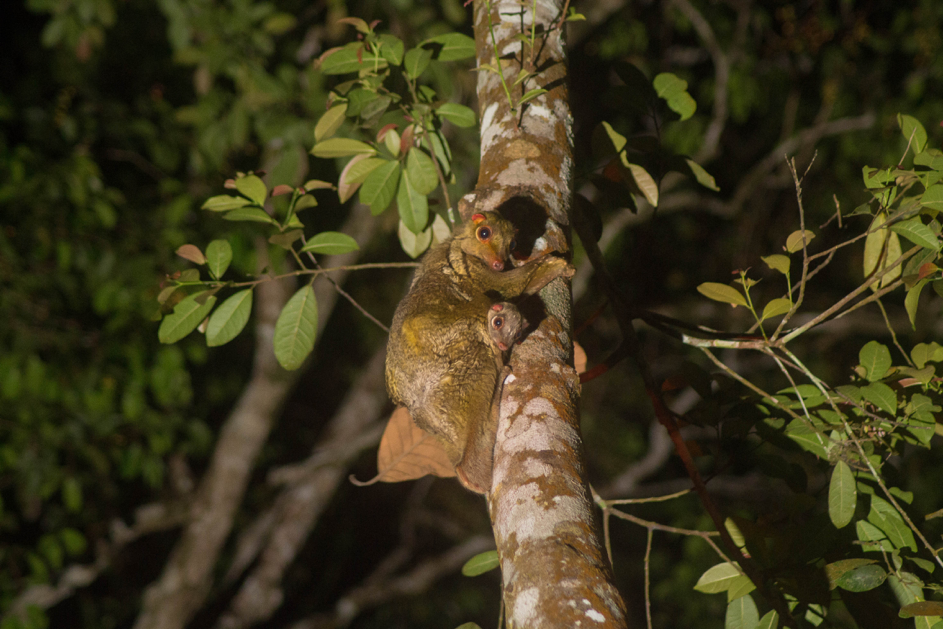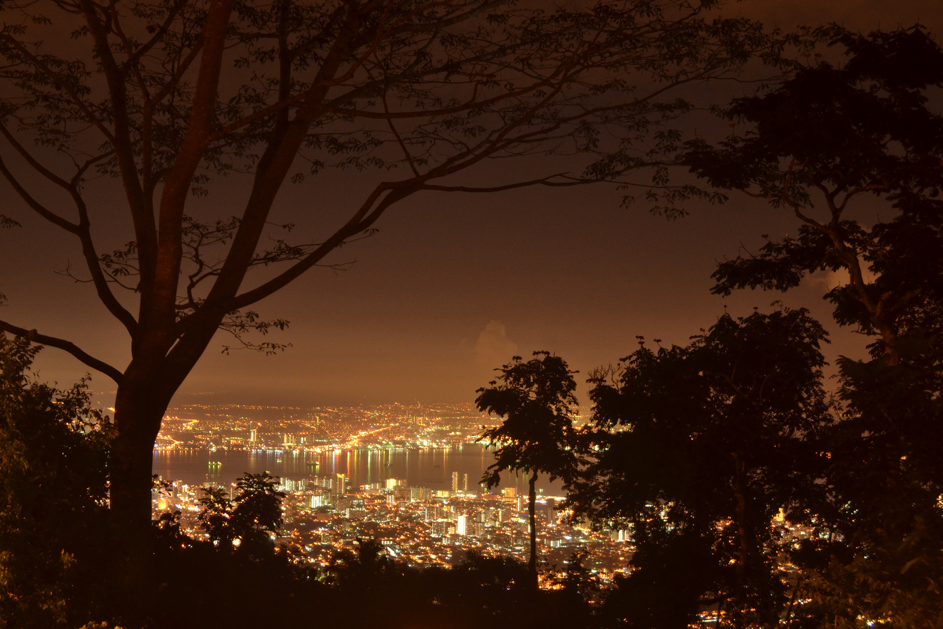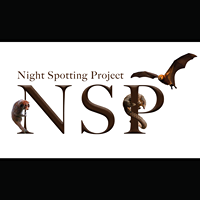This week’s SLOW2018 blog comes from Priscillia Miard, a PhD student who previously worked for Little Fireface Project and now runs her own Night Spotting Project on Penang Island, where she she is discovering the unknown in Malaysia including the behaviour and ecology of slow lorises and colugos!

Hi, my name is Priscillia and I started my PhD in 2017 in Peninsular Malaysia on Penang Island. My work focuses on the distribution of nocturnal mammals related to different habitats such as village, fruit farms, recreation parks near to city as well as forest areas. When I started, I wanted to focus on slow loris research here but it turned out they are not that easy to spot on the island but we still managed to have good data on them. However, along the way I was impressed by how many Sunda colugo I could spot every night. I was amazed by them, they are such an interesting species and so unknown and misunderstood. There is so much potential studying this species with behaviour closely similar to slow loris and different at the same time.

As part of my work I started to interview people and found out that they are often confused for a bat or a squirrel. People have no idea what they are or that they simply exist. I then started doing some outreach work on the Island with road shows in the city centre, give talks about them and bring people for night walk. We also had so far 2 longer term volunteers and 13 volunteers joining us for some night work.
And to further this amazing experience one night with another researcher studying bats we discover that colugos are using ultrasound to communicate. We were so excited and could not believe it. This was amazing and we had to do more work to prove this and already published our findings. So far communication of colugo is just described on paper with 4 audible sounds but never recorded. You can see more of our work here!

You can follow us on Night Spotting Project as we share our adventures every night and more.

